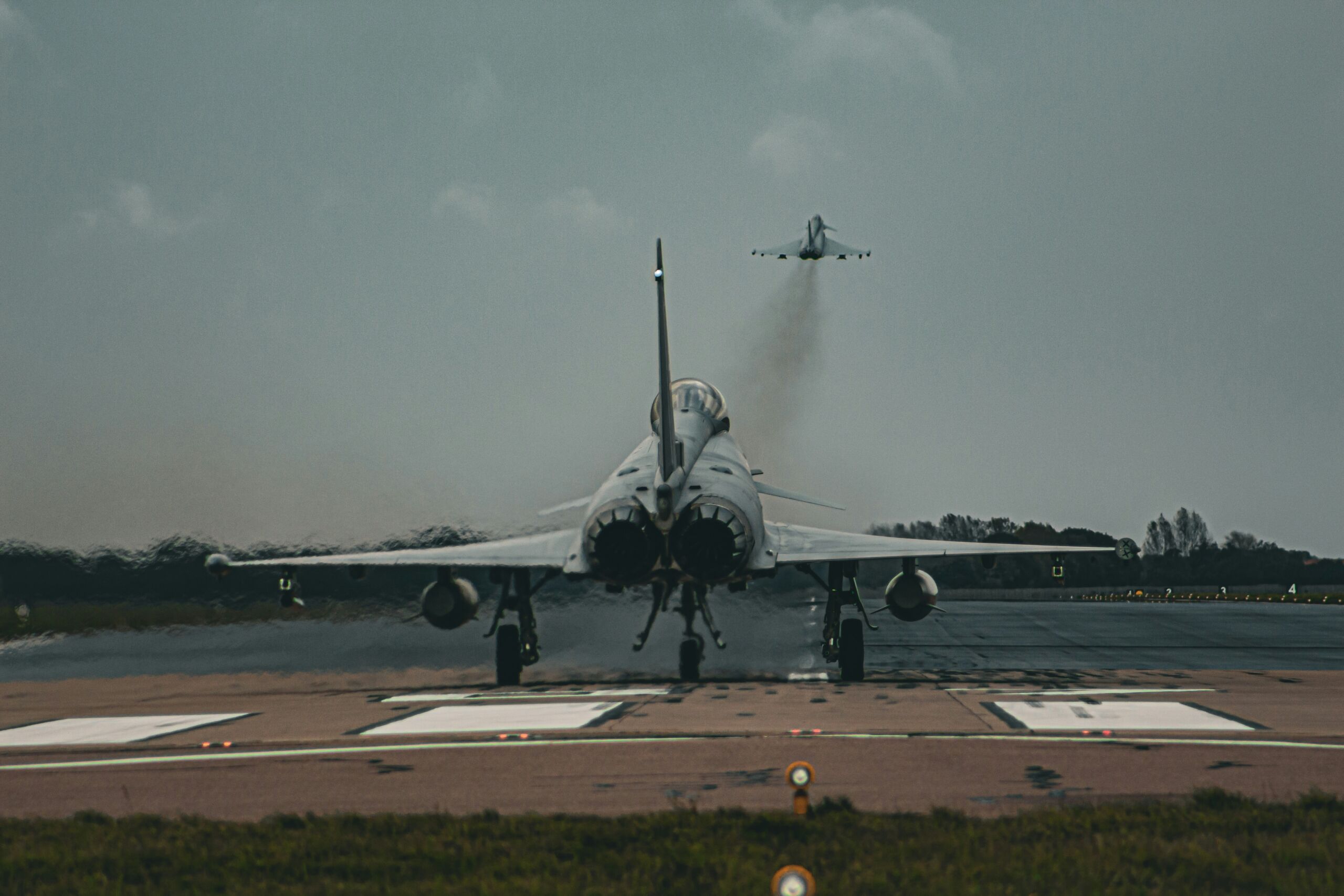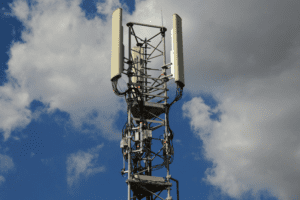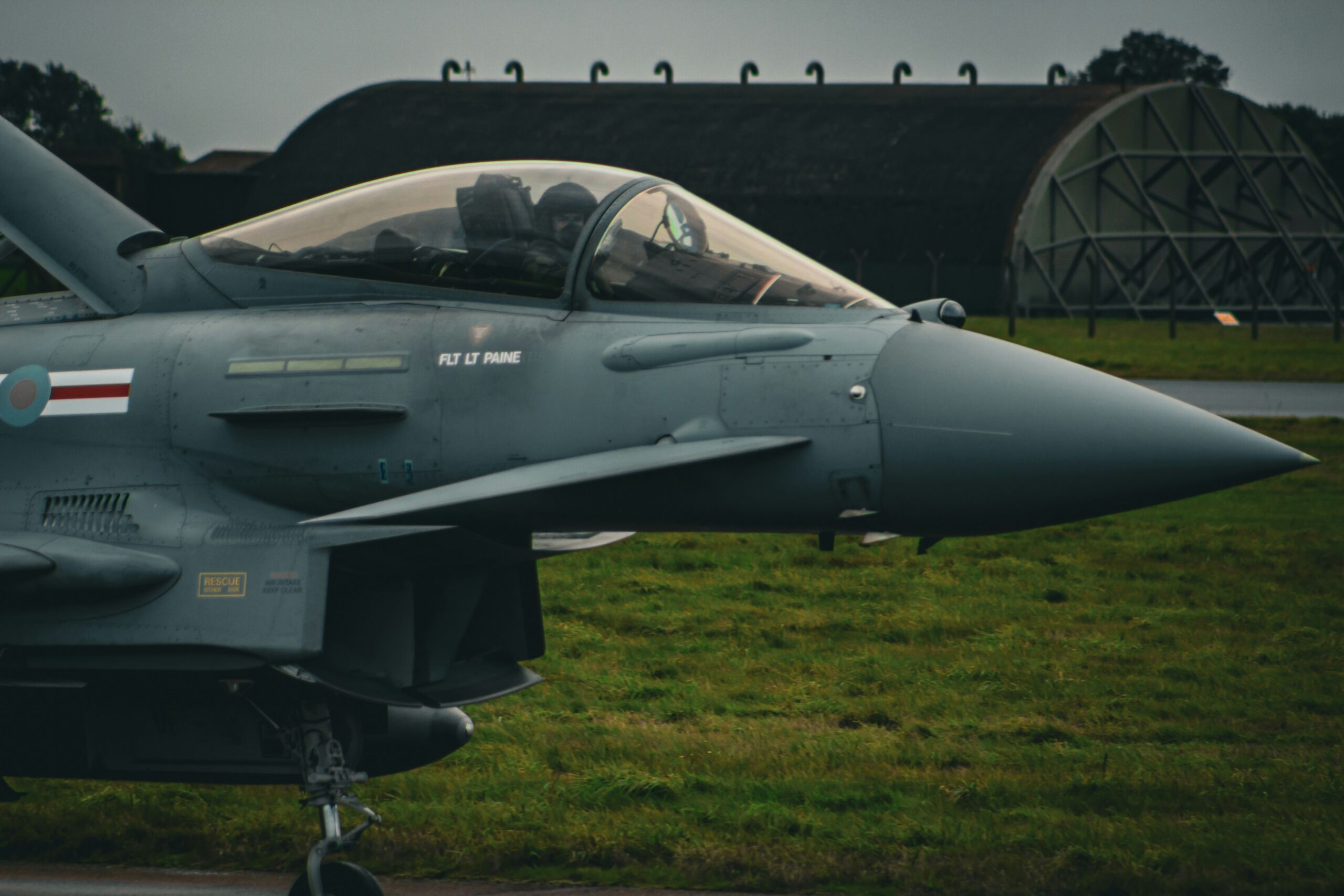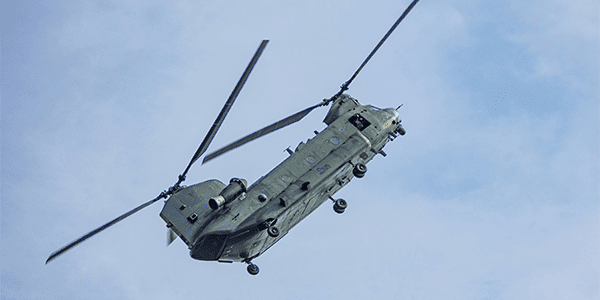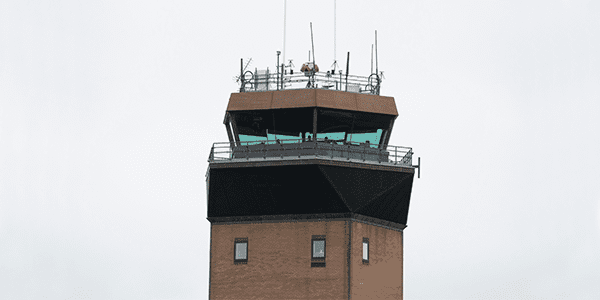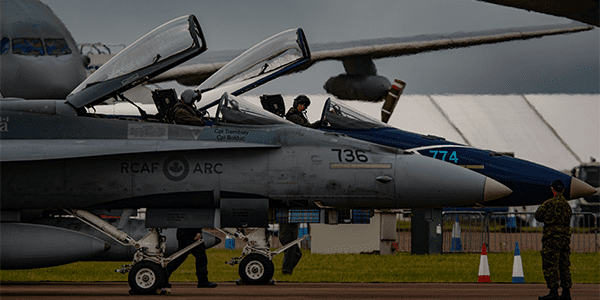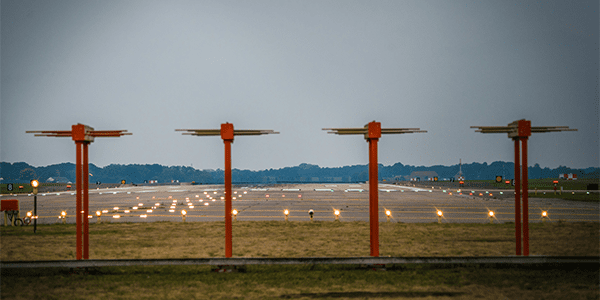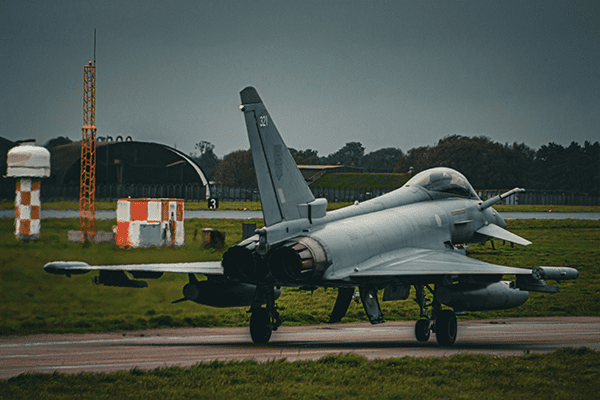In today’s defence environment, robust and secure communication networks are the lifeline of modern defence operations, underpinning everything from mission-critical co-ordination to real-time decision making. On UK-based military airbases and defence sites, network performance is vital to maintaining operational readiness, strategic planning and effective allied support. As the demands on these sites continues to rapidly evolve, so too must the underlying infrastructure that supports them.
This article explores the role of fibre optics in modern military operations and why they are the right choice for this industry. We examine the challenges facing existing systems, explore the potential advancements offered by fibre optics and 5G whilst outlining some key considerations for defence partners planning future-ready infrastructure upgrades.


